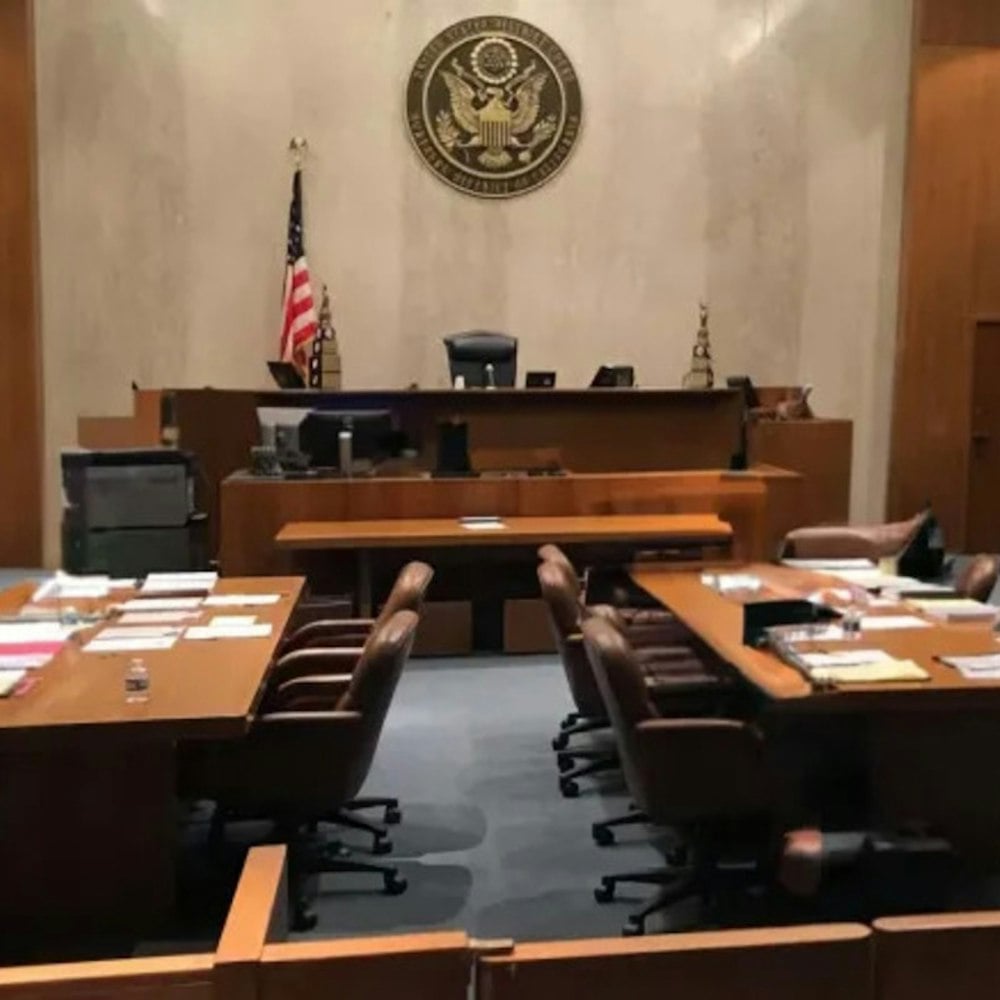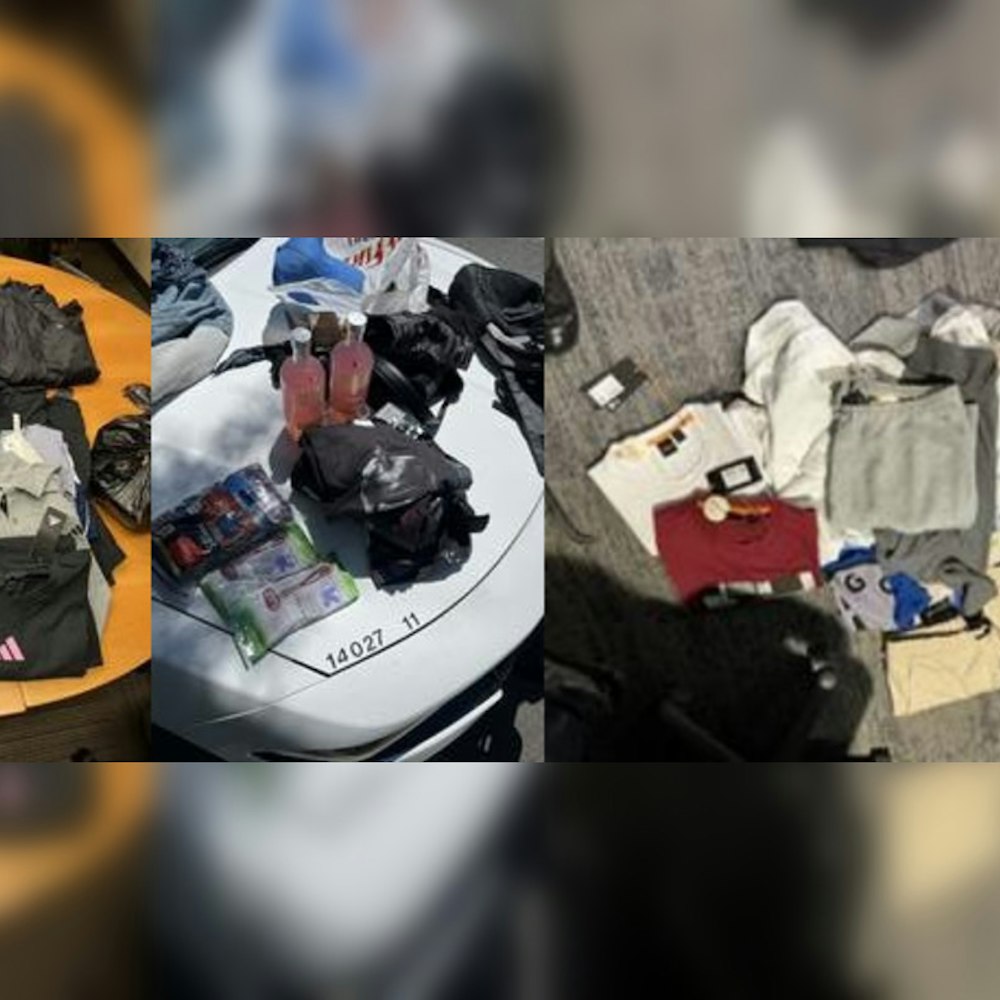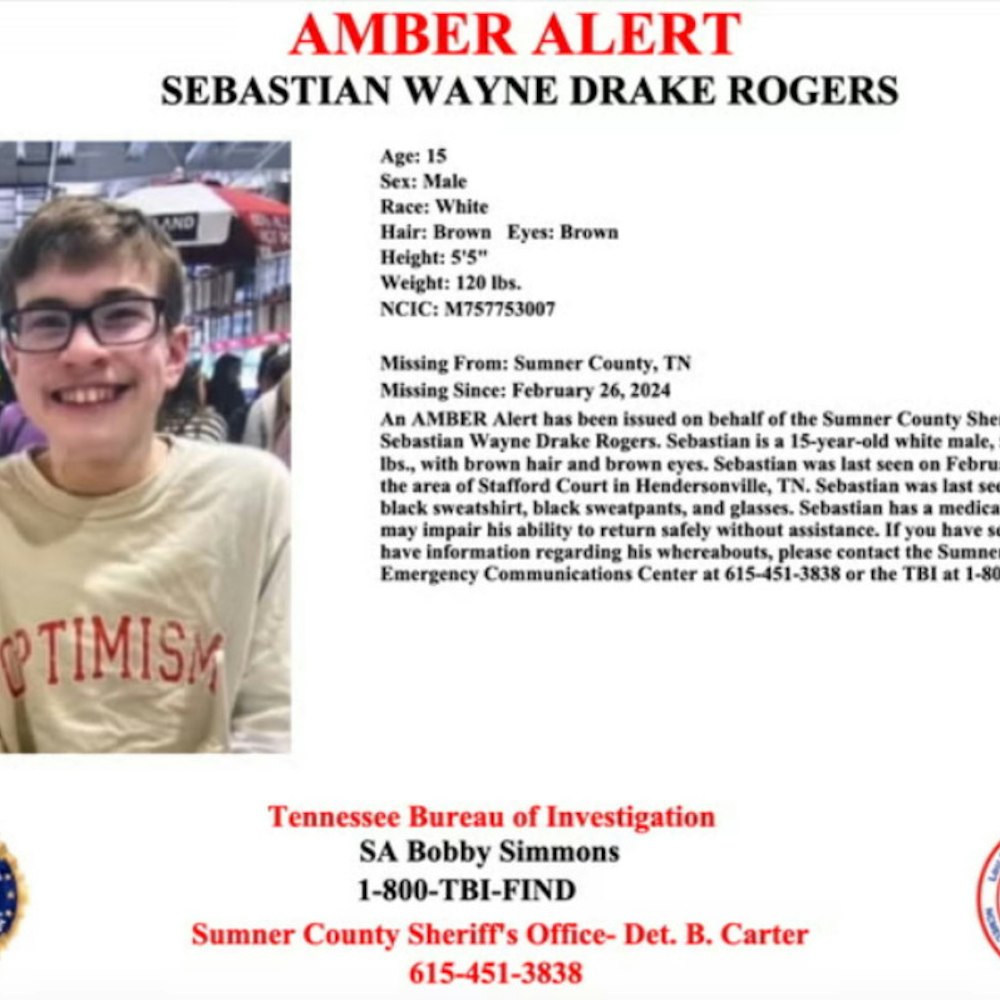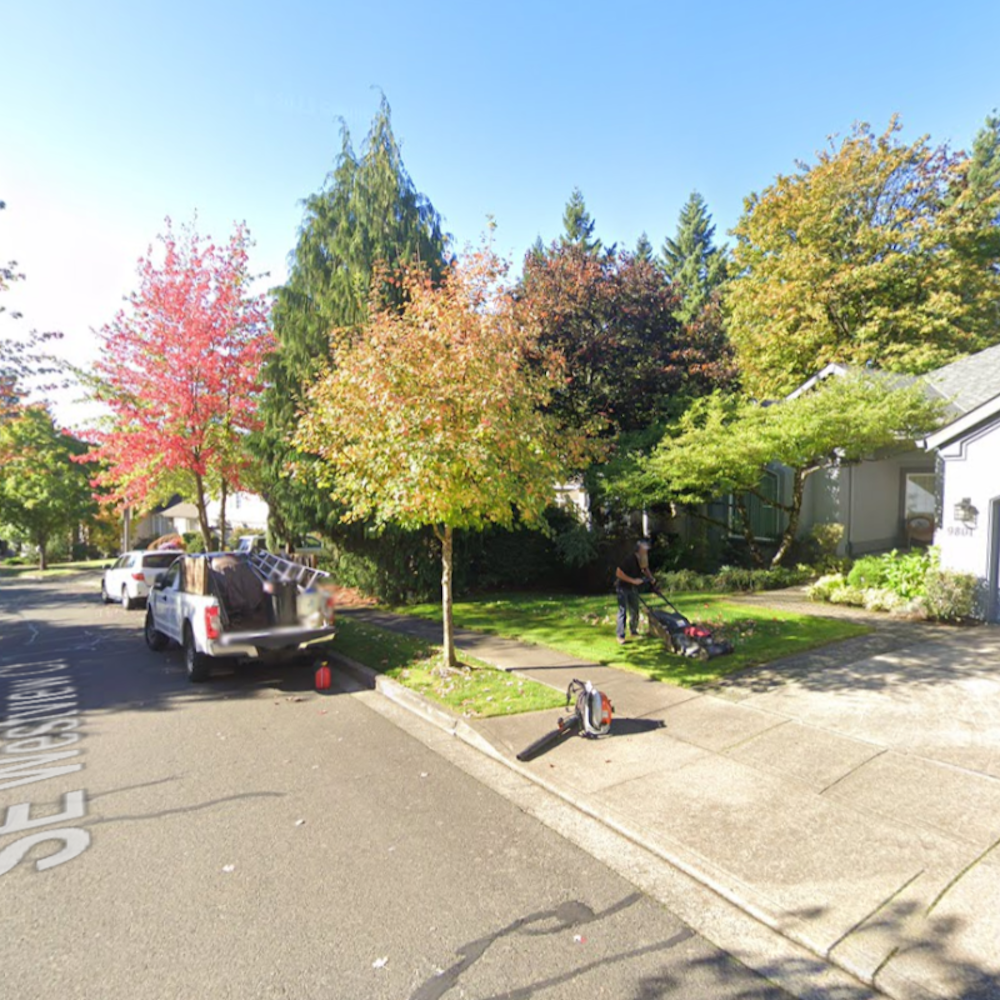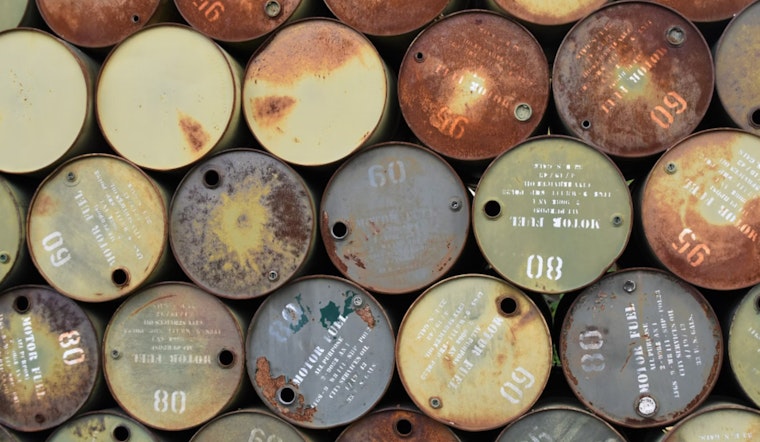
A startling revelation has emerged from the depths of the Southern California coast, where more than 56,000 barrels of radioactive waste were unceremoniously disposed of in the Pacific Ocean. Leading scientists indicate a legacy of environmental negligence that spans decades, according to KTLA 5.
Contrary to the long-held belief that the submerged barrels off Catalina Island contained DDT, recent investigations reveal a history of local hospitals and labs dispatching not only this poisonous chemical but also radioactive substances such as tritium and carbon-14. The Los Angeles Times report highlights how, from the 1940s to the 1960s, indiscriminate offshore dumping took place, heedless of the lasting impact on marine life and the ecosystem.
The discovery was facilitated by state-of-the-art research expeditions led by UC Santa Barbara, which documented the grim underwater tableau with advanced cameras. These efforts brought to light the rusting barrels resting some 3,000 feet beneath the waves. While initial speculations hinted at DDT, what the team found was more disquieting: evidence of radioactive waste lying almost forgotten on the ocean floor, as per KTLA 5.
In an area infamously tied to a once prominent DDT manufacturer known for its toxic pollution, federal regulators have confirmed that the operation dispensed with not just the toxic insecticide but also dangerous isotopes directly into the sea. "The problem with the oceans as a dumping solution is once it’s there, you can’t got back and get it," Ken Buesseler, a marine radiochemist with the Woods Hole Oceanographic Institution, told the Los Angeles Times. Buesseler's statement casts a harrowing light on the irreversible damage inflicted on our oceans.
As the extent of this contamination emerges, scientists and environmental advocates lament that little can be done to rectify the environmental wrongs of the past. The barrels, now a part of the oceanic landscape, serve as a monument to a time when the sea was treated as an endless dumping ground. The Los Angeles Times references a map from the International Atomic Energy Agency that shockingly notes the staggering quantity of waste that was, until now, mostly out of sight and out of mind.


